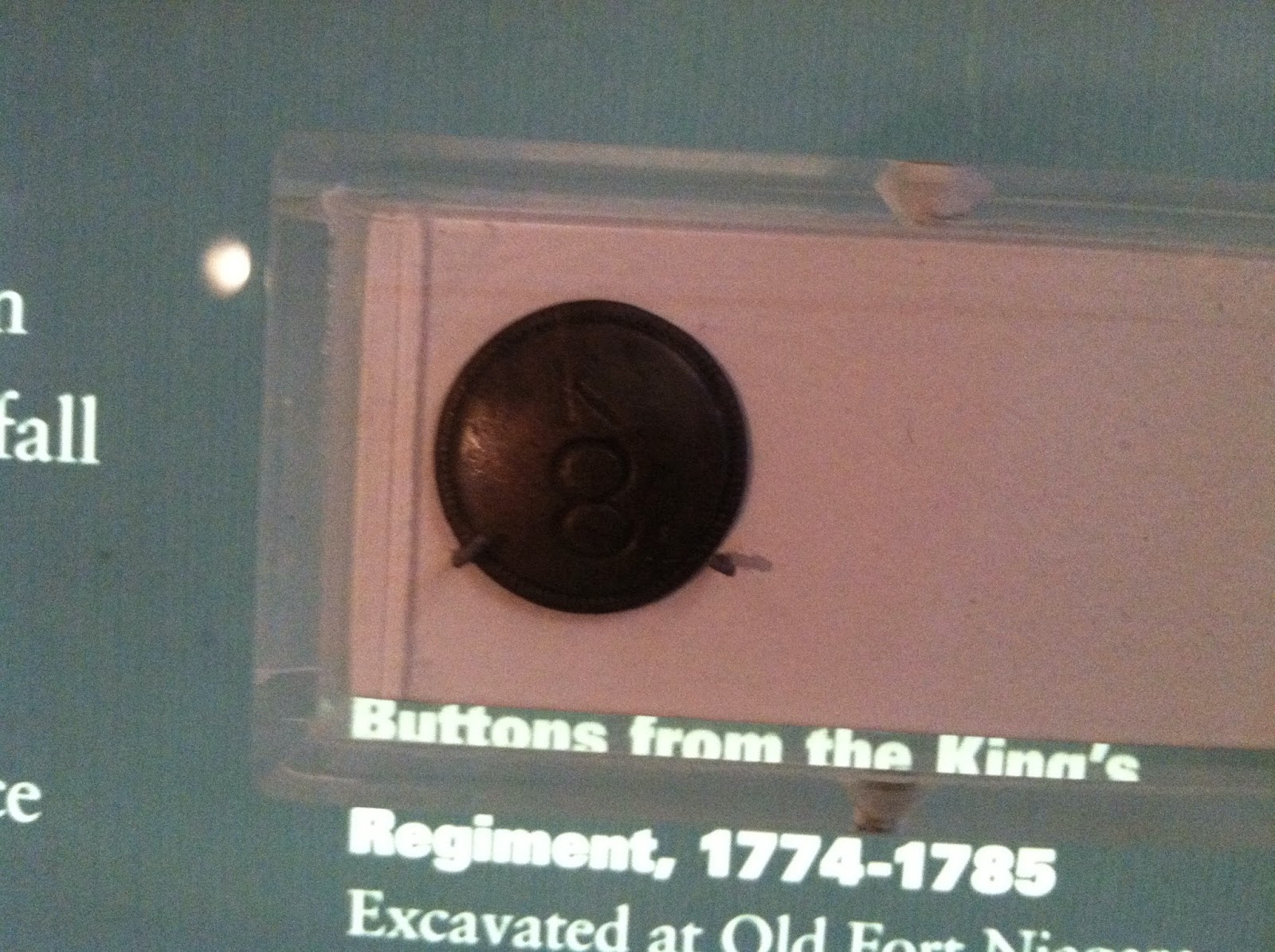Dear Readers,
It was a busy weekend in American Revolutionary War reenacting circles. Whether you are a member of the BAR, BB, CL or, NWTA, the fact of the matter is that drama is unfolding in the reenactor world. I am personally aware of two units splitting apart, over some aspect of the division between progressive and mainstream reenactors. Yesterday,
this article appeared, criticizing a minority of progressive reenactors for bullying mainstreamers. So, from the perspective of a professional historian, I would like to give a defense of the progressive moment.
First of all, what is a progressive reenactor? You will often face various straw men in the search for the progressive. The first is the stitch counter- a reenactor who sews all their own clothing by hand, and aggressively encourages all around them to do the same. The next is the campaigner, who sleeps out on the ground at every event, and looks down on all of those who fail to follow suit. The third is the misogynist, who actively opposes women in a military role at reenactments.
The purpose of this post is to make the following four contentions. First: reenacting is a hobby, but one with a serious duty to honor the past. Second: a progressive is not any of the straw men presented above, but rather, anyone who makes an effort to improve their historical impression consistently. Third: individuals of any income, gender, or knowledge base can meet with the above definition of progressive. Four: despite the potential to ruffle feathers, progressivism is undoubtedly a GOOD thing.
All hobbies have barriers to entry. In order to kayak you must own a kayak, or borrow from someone who does. In order to paintball you must have a gun, protective equipment, and paintballs. Reenacting is the same way. You must be willing to invest to some degree, or find a generous unit with unlimited loaner equipment. However, reenacting has another, very important barrier to entry.
As a historical professional, I feel reenacting has an additional barrier to entry: you must be willing to honor the past. In my opinion, talking on a cellphone in front of the public at a reenactment dishonors the past. Being unwilling to break from a first person impression when members of the public are clearly confused also dishonors the past. Wearing white sneakers at an event dishonors the past. In the same way, angrily confronting said sneaker-wearer and driving them out of the hobby as a result also dishonors the past. ALL reenactors have a duty to
read and learn, not just the history of their particular unit, but how that history fits within the story of the period as a whole. This is part of honoring the past, and a barrier to entry in reenacting.
A very wise reenactor once indicated to me that there are levels of being progressive. Not everyone is going to be a stitch counter-campaigner. Being progressive is not a set standard of requirements, it is a state of mind- a constant search for further historical accuracy. At a recent event, a unit I am a part of went to battle in full kit, and grounded non-essential kit in front of the public, showing the public an often overlooked aspect of combat in the American Revolutionary War. Many members of the unit were not in hand sewn kit- but it didn't matter- that was a progressive moment for the unit. Another easy way to demonstrate historical accuracy on the battlefield is to represent the breakdown of fire-control. Start a battle firing crisp volleys, and devolve to independent fire as the battle wears on. A willingness to improve, rather than a gold standard, should be the benchmark for progressivism.
A frequent objection to progressives is the cost of high-quality materials associated with progressive kits. Not everyone can afford Kochan and Phillips broadcloth for their uniforms, nor should they. Not everyone has the time to hand sew all of their kit, nor should they. I would rather see a well-fitted coat made of Woolrich cloth with the inside seams machine sewn than a poorly-fitted hand sewn coat made of Kochan and Phillips. If you are on a budget, but want a high quality kit, talk to those around you who sew. Many reenactors are happy to come alongside new members on a budget. In addition, a large portion of the reenactors I spend the most time around are still in school- no excess of money there. However, I often find that those with little excess cash are the most motivated to construct good quality kit. And, at least in my opinion, construction of good quality kit is a way of honoring the past.
Women desiring to portray soldiers often face objection from progressive reenactors. As someone self-identifying as a progressive, I would rather see a female soldier in well-fitted kit than a man swimming in a grossly oversized regimental. However, I believe that female reenactors portraying soldiers have a duty to attempt to hide their gender. Many women (including my girlfriend) practice the art of hiding their gender while in the ranks. Along with having a well-fitted kit, this is a way of honoring the past.
Some progressives have the potential to be abrasive. I would encourage them to tone it down. However despite the possibility of hurting feelings, I contend that progressivism is definitely a good thing, and that it should continue to forge ahead. As reenactors, we have a duty to honor the past. While we should also attempt to have a good time, honoring the past should be ever present. And, at least in my mind, honoring the past and having fun seems to be a largely overlapping Venn diagram.
Thanks for Reading,
Alex Burns

.jpg)



















































